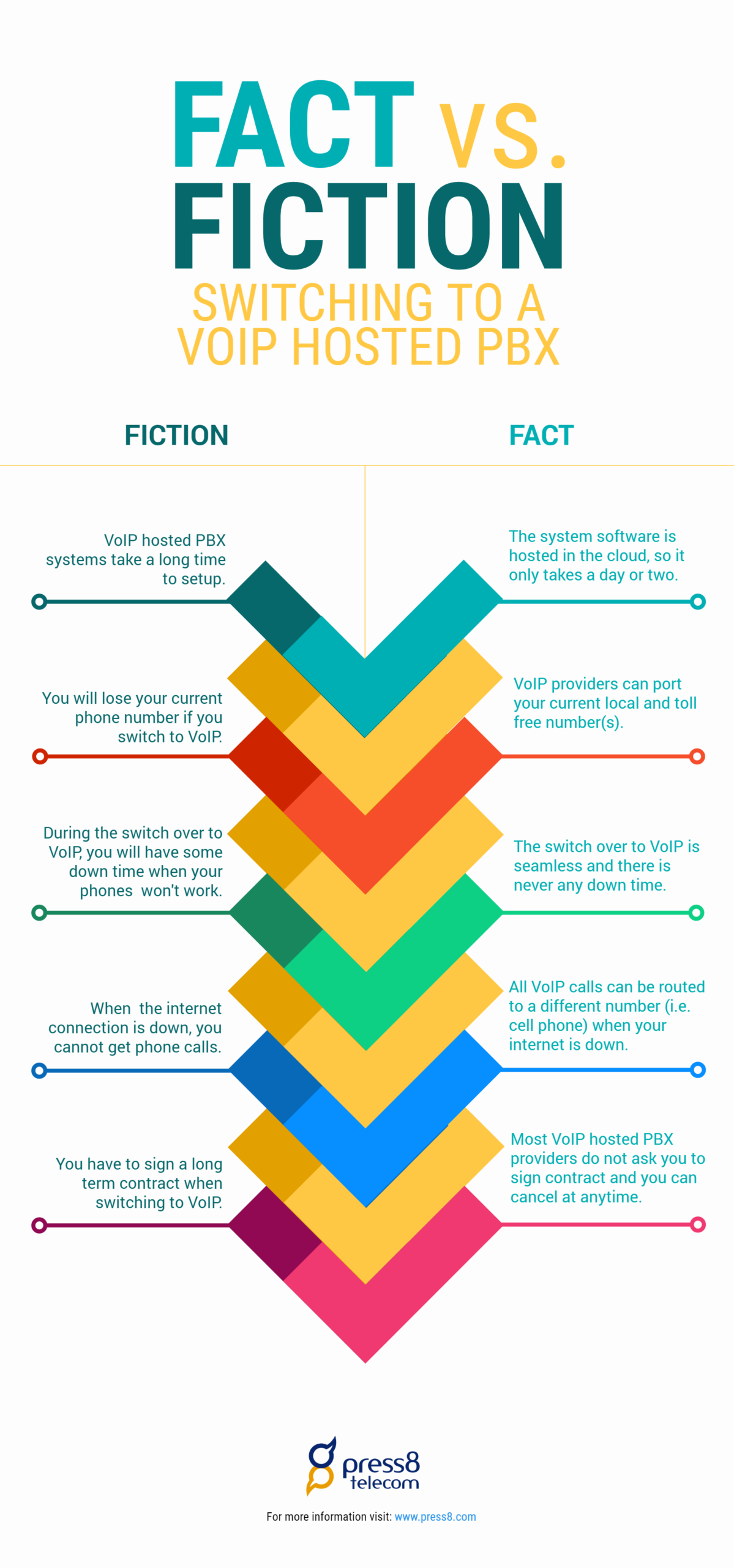The Glossy Mirage: Fact Vs. Fiction

Table of Contents
The Techniques Behind the Glossy Mirage
The creation of the "glossy mirage" relies on sophisticated techniques designed to manipulate our perception of reality. These techniques range from subtle digital enhancements to carefully crafted narratives designed to mislead and persuade.
Photo and Video Manipulation
The digital age has provided unprecedented tools for altering images and videos. Software like Photoshop and advanced video editing suites allow for extensive manipulation, blurring the lines between reality and fabrication. Common techniques include:
- Skin smoothing and body reshaping: Removing blemishes, slimming figures, and altering facial features are commonplace in advertising and social media, creating unrealistic beauty standards.
- Background removal and replacement: Context can be entirely fabricated by removing or replacing backgrounds, creating a false sense of place or situation.
- Color correction and enhancement: Subtle adjustments to color and contrast can significantly alter the mood and perception of an image or video.
The ethical implications of such manipulation are significant, particularly in advertising where unrealistic portrayals can lead to body image issues and dissatisfaction. The widespread use of image editing and digital enhancement necessitates a critical eye when evaluating visuals online. Understanding these techniques is a crucial first step in identifying the "glossy mirage."
Strategic Storytelling and Selective Information
Beyond digital manipulation, the construction of narratives plays a significant role in creating the "glossy mirage." Strategic storytelling involves:
- Biased reporting: Presenting only one side of a story, omitting crucial details, or selectively highlighting specific facts to support a pre-determined conclusion.
- Omission of crucial facts: Leaving out important context or information that could contradict the intended narrative.
- Emotionally charged language: Using emotionally evocative words to sway opinions and bypass critical thinking.
Confirmation bias further exacerbates this problem. People are more likely to accept information that confirms their existing beliefs, making them vulnerable to misleading narratives and propaganda. Learning to identify biased reporting and recognizing the use of emotionally charged language is vital in deconstructing the "glossy mirage."
The Power of Social Media and Influencer Marketing
Social media platforms have become breeding grounds for the "glossy mirage." The curated nature of online profiles, coupled with the rise of influencer marketing, creates an environment ripe for deception:
- Sponsored content disguised as authentic recommendations: Influencers are often paid to promote products or services without clearly disclosing the sponsorship, creating a false sense of endorsement.
- Fake followers and engagement: Inflated follower counts and artificial engagement metrics create a false sense of popularity and influence.
- The pressure to present a perfect online persona: Users are increasingly pressured to present idealized versions of themselves, contributing to a culture of unrealistic expectations and comparison.
Developing strong media literacy skills is essential to navigate this complex landscape. Learning to critically assess online information and understand the motives behind sponsored content is key to avoiding the traps of the "glossy mirage."
Deconstructing the Glossy Mirage: How to Identify Fact from Fiction
Identifying and navigating the "glossy mirage" requires developing a critical and discerning approach to information consumption.
Source Verification and Critical Evaluation
The cornerstone of identifying misinformation lies in rigorous source verification and critical evaluation. This involves:
- Fact-checking websites: Utilizing reputable fact-checking organizations to verify claims and identify inaccuracies.
- Evaluating source credibility: Assessing the reputation, expertise, and potential biases of information sources.
- Cross-referencing information: Comparing information from multiple sources to identify inconsistencies and potential biases.
By employing these techniques, you can significantly improve your ability to identify unreliable information and distinguish fact from fiction.
Identifying Red Flags and Warning Signs
Recognizing red flags and warning signs is crucial in identifying manipulated content:
- Unnatural lighting or inconsistencies in images and videos: These often indicate digital manipulation.
- Unrealistic proportions or features: Exaggerated features or impossible physical attributes are clear indicators of manipulation.
- Clickbait headlines and misleading titles: These are designed to attract clicks without providing accurate information.
Developing an awareness of common deceptive marketing tactics is also important. Recognizing these red flags allows you to approach information with a healthy dose of skepticism.
Cultivating Media Literacy and Critical Thinking
Ultimately, the most effective defense against the "glossy mirage" is the development of strong media literacy and critical thinking skills. This means:
- Questioning information: Don't passively accept information at face value; actively seek evidence and alternative perspectives.
- Developing critical thinking skills: Learn to identify biases, logical fallacies, and manipulative techniques.
- Seeking multiple perspectives: Consider different viewpoints and perspectives to gain a more complete understanding.
By cultivating these skills, you become a more informed and discerning consumer of information, better equipped to navigate the complex digital landscape.
Navigating the Reality Beyond the Glossy Mirage
The "glossy mirage" is a pervasive phenomenon, relying on sophisticated techniques to distort reality. However, by understanding these techniques and developing strong media literacy skills, we can effectively deconstruct this illusion. Remember to always verify sources, identify red flags, and cultivate critical thinking. Don't let the glossy mirage deceive you. Learn to identify the signs of manipulation and contribute to a more informed and truthful online environment. Become an active participant in combating misinformation and promoting fact-based discussions. By actively questioning what we see and hear, we can collectively strive towards a less deceptive digital world, a world beyond the glossy mirage.

Featured Posts
-
 Hawkgirls Presence In Superman James Gunn Shares Exciting News
May 07, 2025
Hawkgirls Presence In Superman James Gunn Shares Exciting News
May 07, 2025 -
 Fast Paced Warriors Seek Advantage Over Defensive Rockets
May 07, 2025
Fast Paced Warriors Seek Advantage Over Defensive Rockets
May 07, 2025 -
 Why Jenna Ortega Wont Be In Scream 7 The Actress Speaks Out
May 07, 2025
Why Jenna Ortega Wont Be In Scream 7 The Actress Speaks Out
May 07, 2025 -
 Khokkey Rekordsmen Po Silovym Priemam Obyavlyaet O Zavershenii Karery
May 07, 2025
Khokkey Rekordsmen Po Silovym Priemam Obyavlyaet O Zavershenii Karery
May 07, 2025 -
 V Kocanih In Drugod Pokop Zrtev Pozara V Nocnem Klubu
May 07, 2025
V Kocanih In Drugod Pokop Zrtev Pozara V Nocnem Klubu
May 07, 2025
